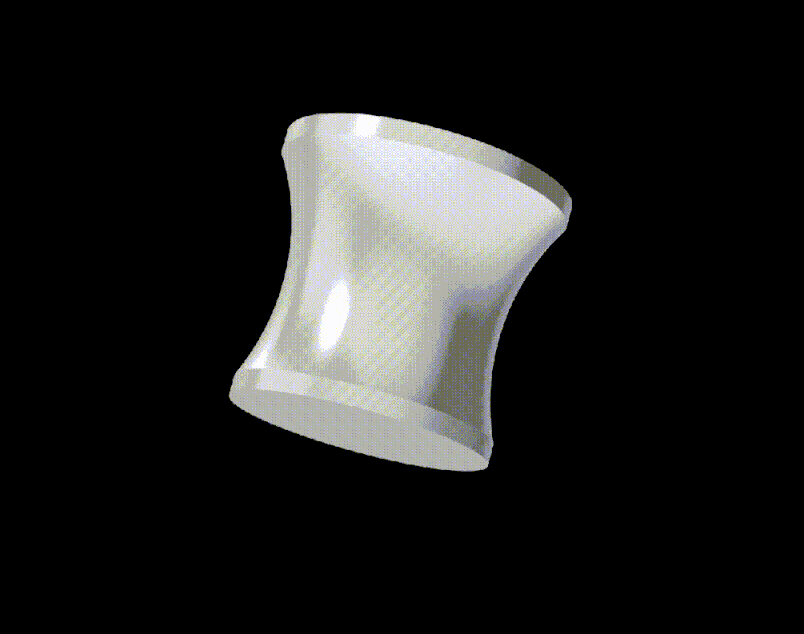



The process produces a fatigue resistant joint that is stronger than spot welding and less susceptible to corrosion.
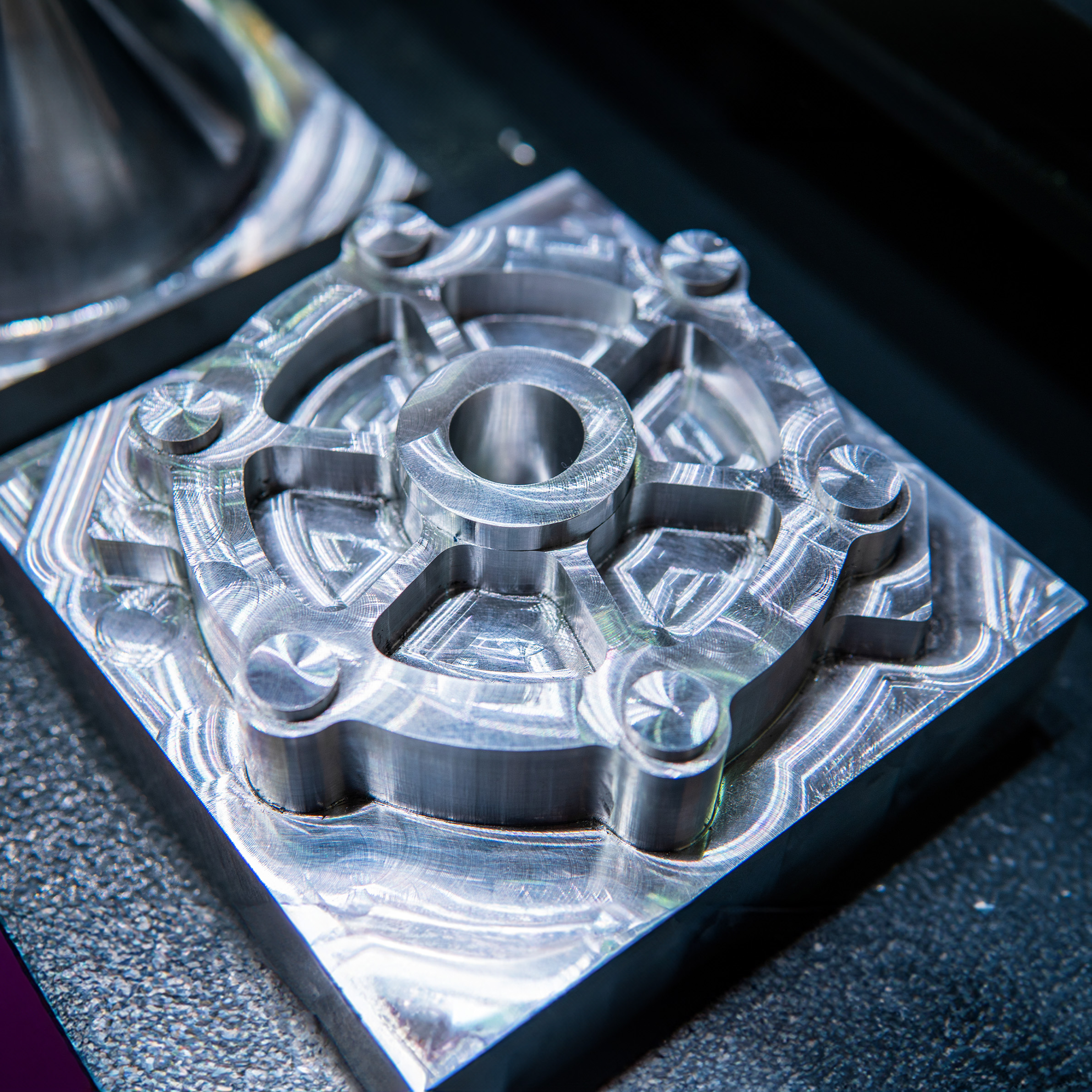
Deep drawing steels
with Rm up to 1000 MPa
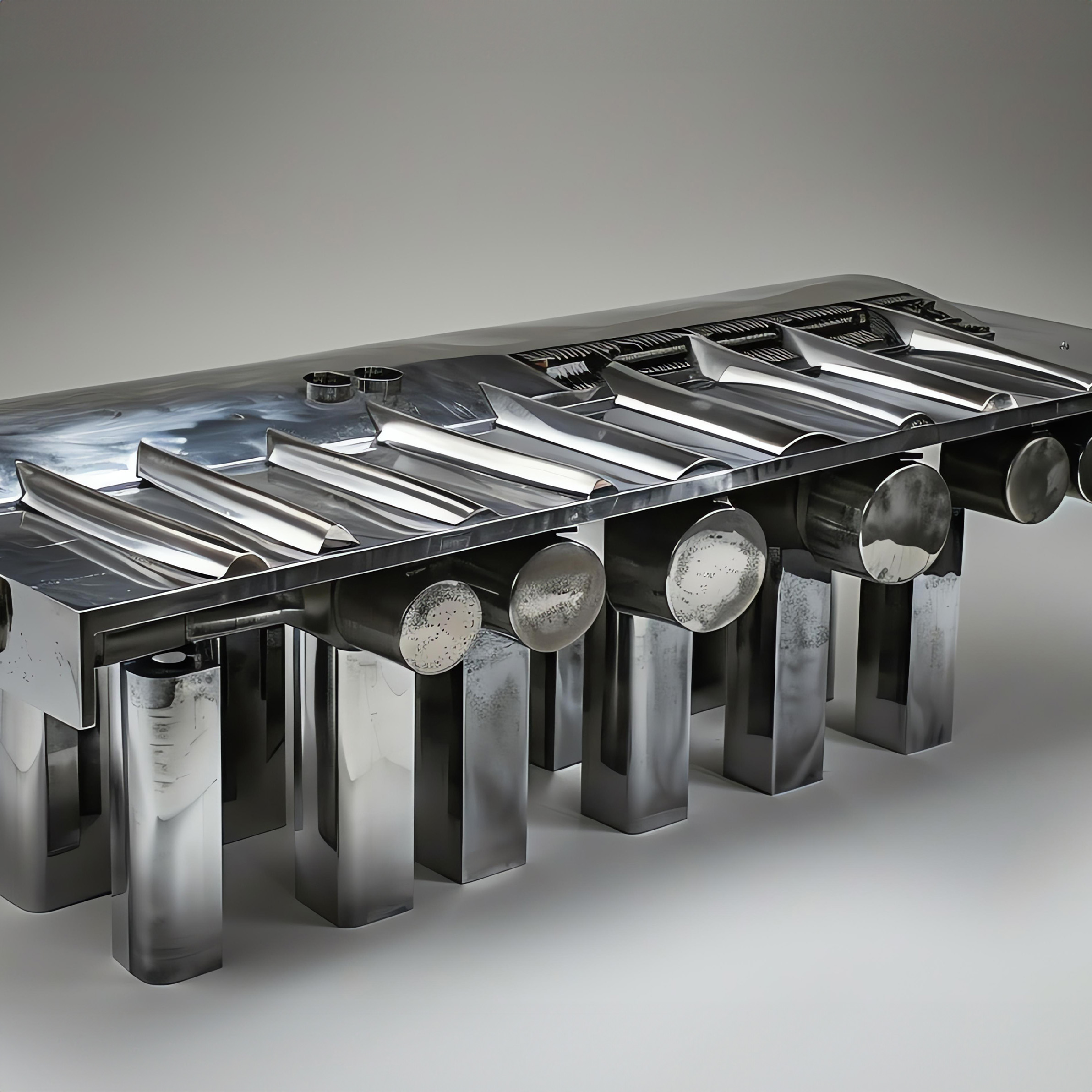
High-strength steels
with Rm up to 1600 MPa
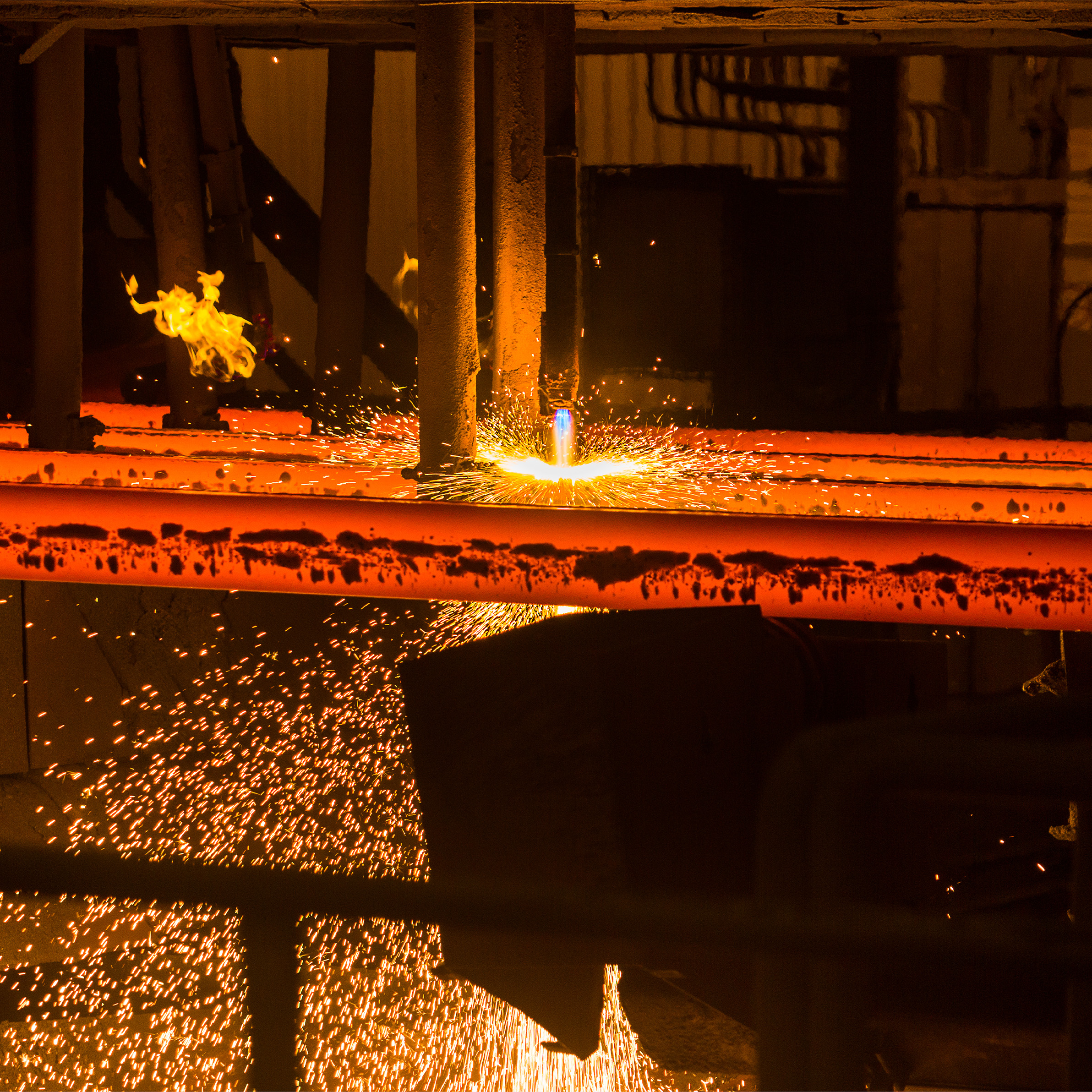
Hot-stamped steels
with Rm up to 1800 MPa
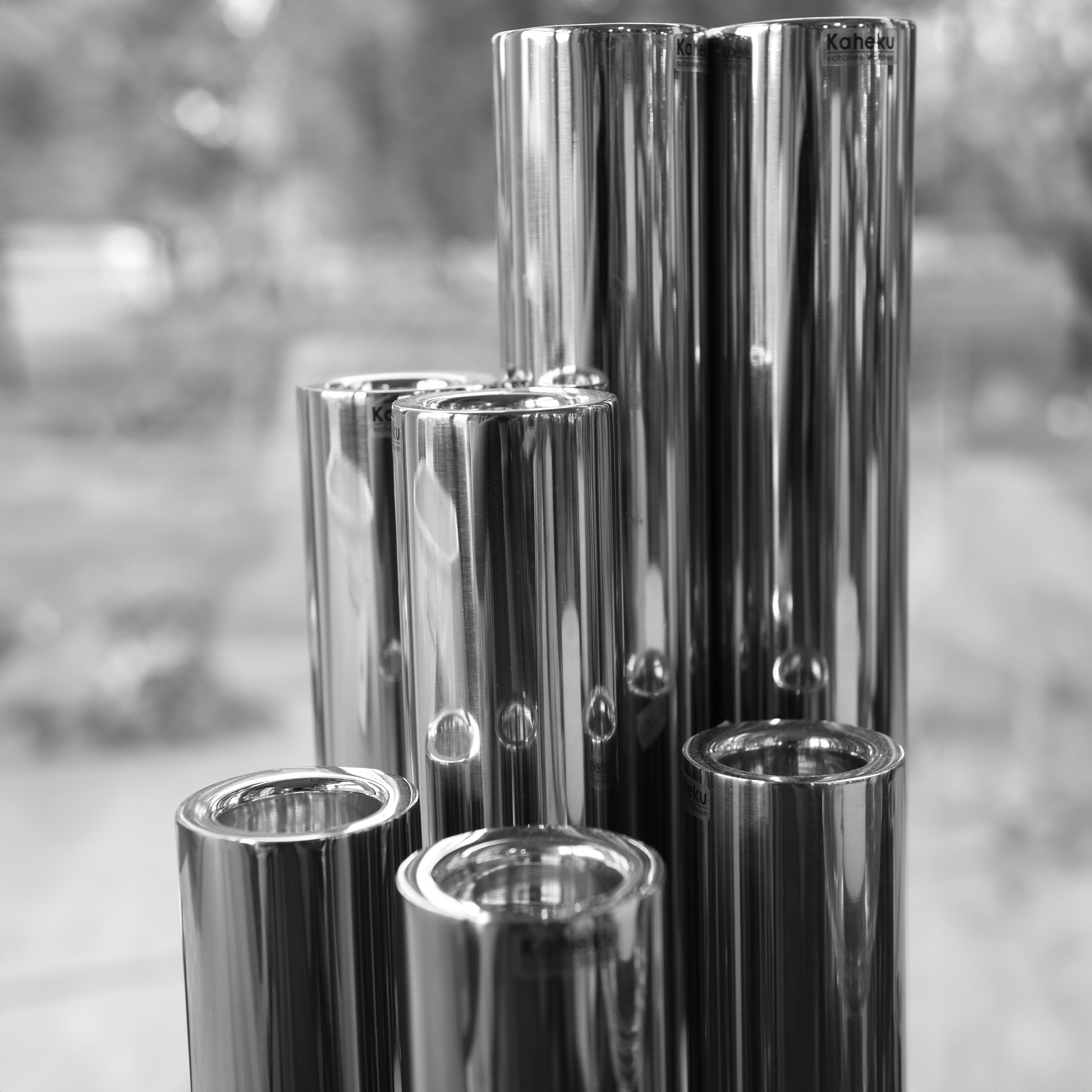
Aluminium and alloy
(pressure cast, extruded, sheet)
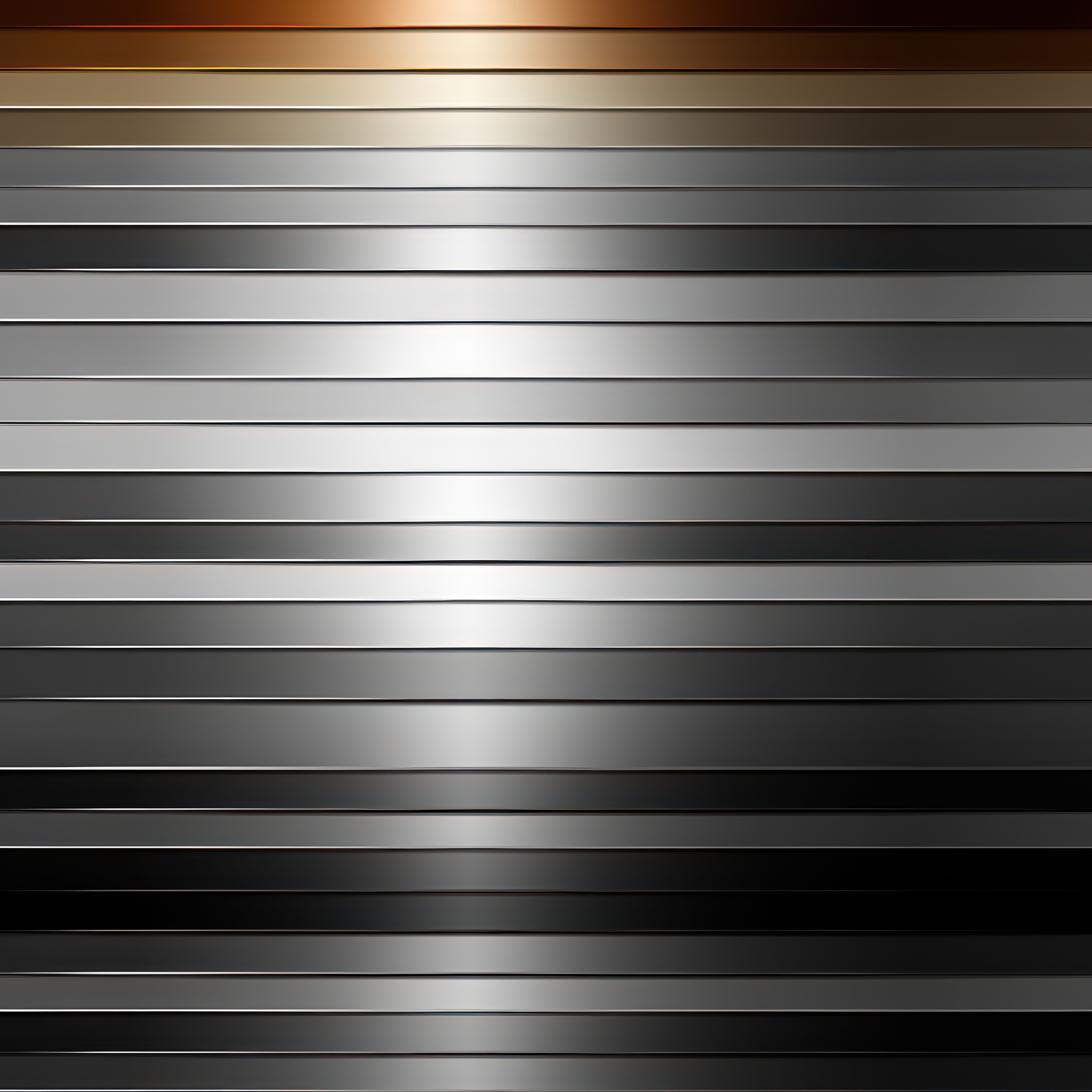
Multilayer stack-ups with
dissimilar materials
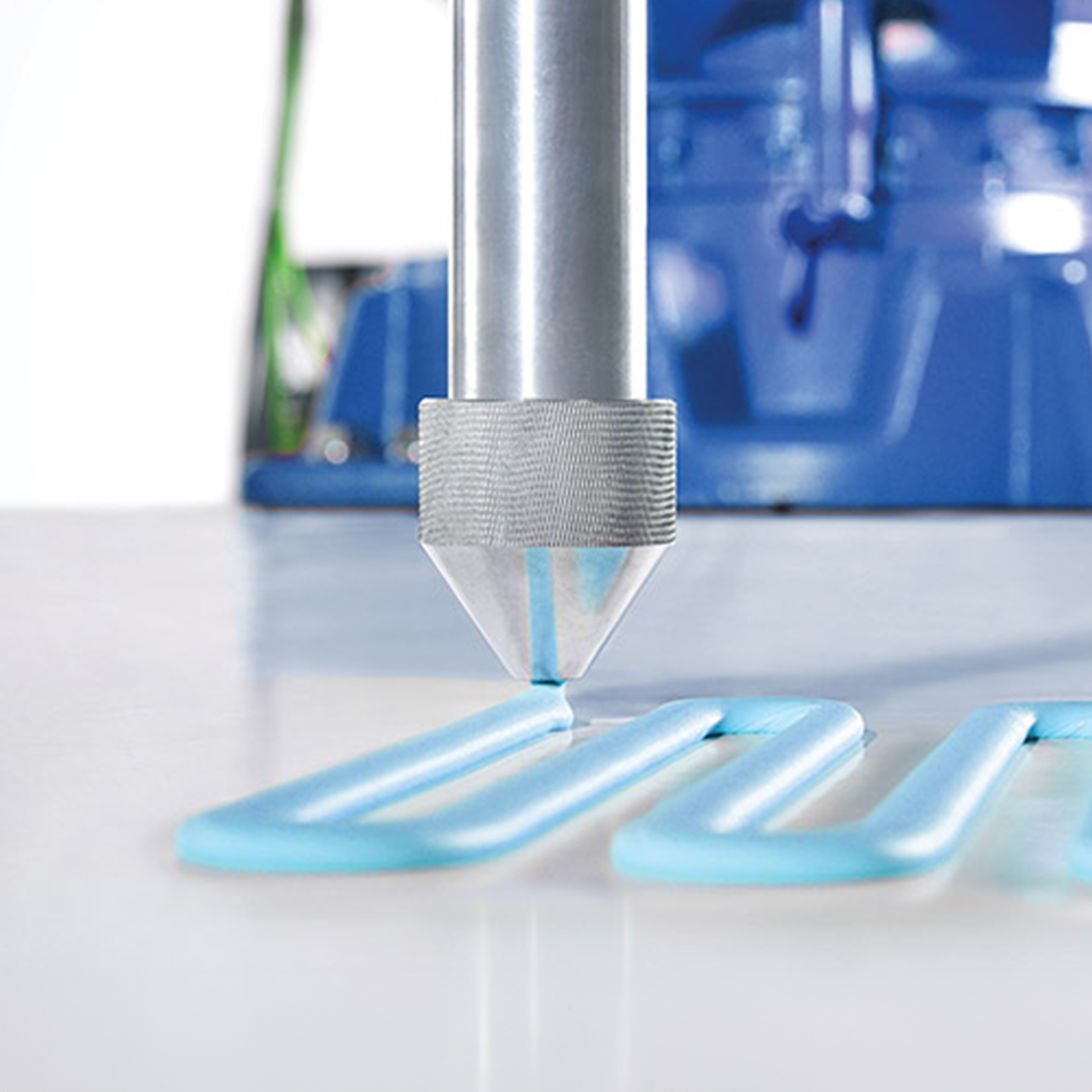
Adhesive was a
middle layer
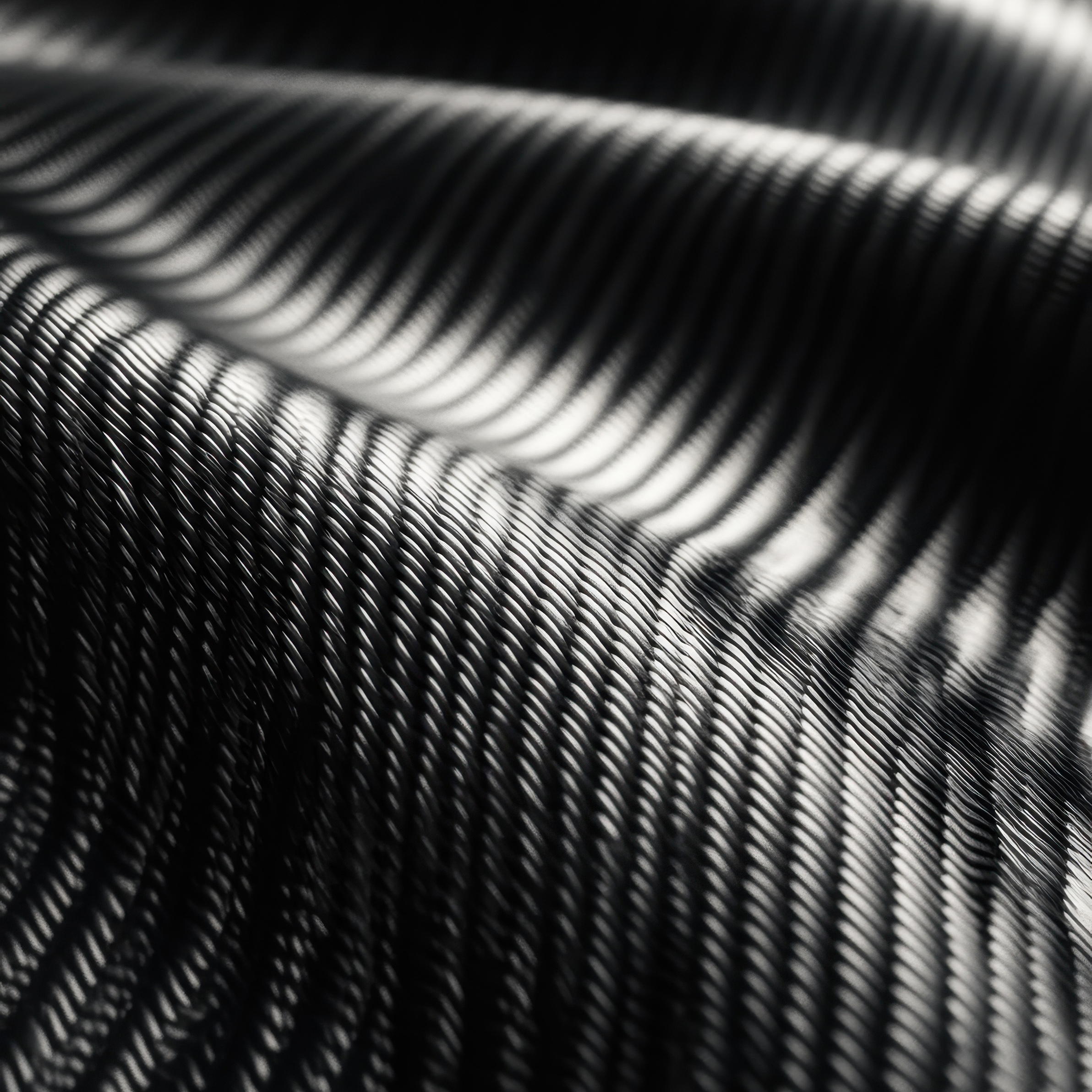
Non-ferrous metals &
non-metallic materials (copper,
magnesium, and carbon fiber)
as a middle layer
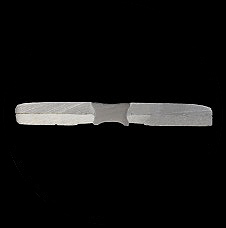
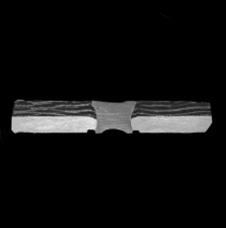

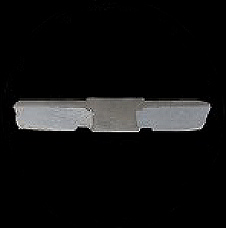
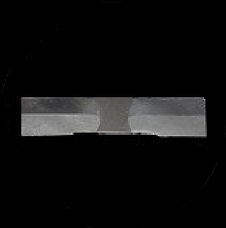
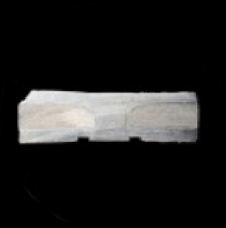
Convex side: high-strength metal materials, such as plated steel, hot-formed steel, high-strength steel, etc.
Middle layer: medium and low strength and non-metallic materials, such as carbon fiber, medium and low strength steel, aluminum alloy, etc.
Concave side: medium and low strength metal materials, such as medium and low strength steel, aluminum alloy, etc.